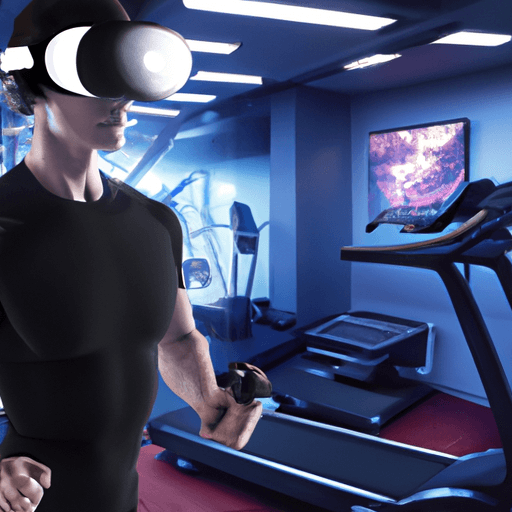The Effects of Virtual Reality on Sports Training and Physical Fitness
Virtual Reality (VR) technology, often associated with gaming and entertainment, has shown immense potential to revolutionize the sports and fitness industry. With the capability to create sophisticated simulations, VR is transforming traditional training techniques, enhancing athletes' performance, and shaping the future of personal fitness regimes.
VR and Sports Training Techniques
Sports training is no longer confined to traditional practices, thanks to the adoption of VR. The immersive environment provided by VR enables athletes and trainers to navigate and interact with an artificial, controlled space that simulates real-world experiences. This process aids in enhancing skills, decision-making abilities, and response times, all in a safe environment that reduces the risk of injury.
An excellent example of the integration of VR into sports training is the case of the NFL team, the Dallas Cowboys. StriVR, a VR training platform, has been utilized by the team to improve their quarterbacks' skills, allowing players to practice game-like scenarios without the physical demands of the field.
Implication on Athletes' Performance
The influence of VR on athlete performance is genuinely transformational. With VR simulations, athletes can repeat specific scenarios multiple times, thereby honing their reflexes and techniques. Additionally, VR aids psychological preparation by helping athletes familiarise themselves with match environments, crowds, and competing players.
An outstanding case study in this domain pertains to Olympic skier Bode Miller. He credits his improved downhill performance to the use of VR training, wherein an exact replica of the courses was created, enabling him to practice without any physical strain.
Influence on the Physical Fitness Industry
VR's application extends beyond professional sports to influence the overall physical fitness industry. It is increasingly being used in gyms and fitness studios to deliver engaging and immersive workout experiences, thus making exercise more exciting and less laborious.
Leading fitness company, Black Box VR, has established the world's first VR gym, where customers can engage in resistance training exercises while interacting with a virtual world.
The Pros and Cons of VR in Training
Despite its advantages, the integration of VR into sports and fitness not arrive without challenges. While it accelerates skill acquisition and improves user engagement, the high cost of advanced VR systems may deter broad adoption, and the lack of haptic feedback could limit the realism of training simulations. Furthermore, extended use of VR may cause side-effects like nausea, dizziness, and disorientation in some users.
Conclusion
Despite potential drawbacks, VR's application in sports training and physical fitness promises to overhaul traditional methodologies radically. As technology advances and VR becomes more accessible, the future of sports training and fitness instruction holds exciting prospects that we can only begin to imagine.
















Comments
Leave a Comment